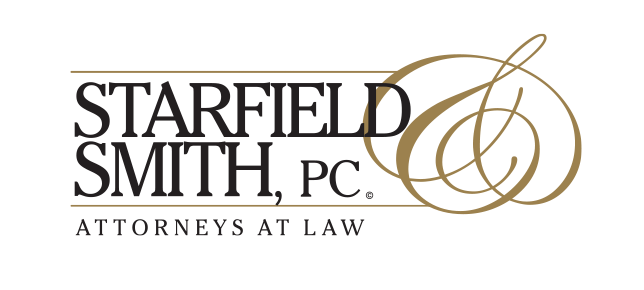Following a default, lenders must perform a timely site visit in order to inspect collateral, determine its recoverable value and develop a liquidation strategy. SBA requires the site visit to be completed within 60 days of a payment default or 15 days of a non-payment default event.
Prior to the site visit, lenders should review their loan documents to identify pledged collateral and check that liens are still in priority position. If the business is located at a leased premises, lenders should contact the landlord to determine if rent is past due and obtain access to the property. Lenders will also want to assess if there are any delinquent taxes on the collateral and order appraisals to determine the liquidation value of the collateral.
For business personal property collateral, lenders should inventory the collateral with photos in order to reconcile the current assets against the equipment list that was collected prior to closing. If assets are missing, lender should inquire as to the status of those assets to be able to explain why they are missing in a purchase package.
When the collateral is real estate, lenders should determine if the property is occupied by third parties to determine how their possession will impact liquidation. They should also be sure to follow SBA’s guidance to determine when an environmental investigation may be required.
Regardless of the type of collateral, lenders should assess information that could impact costs to preserve collateral. For example, if equipment is affixed to real property, a lender could expect that costs of removal would be higher. If the collateral has sufficient value to pursue liquidation, lenders must arrange ongoing care and preservation of collateral until it can be sold. This may involve changing locks, hiring security, paying utilities, or transporting assets to controlled storage. Lenders should also maintain appropriate insurance coverage.
SBA recommends that a lender formalize its liquidation strategy through preparation of a liquidation plan. SBA has a Liquidation Plan Template available on its website that lenders can, but are not required to follow. In a liquidation plan, the lender should discuss findings from its site visit, analyze the feasibility of a workout, and establish the recoverable value of collateral, including the impact of any senior debt and costs to recover. Lenders should outline available methods of liquidation and assess what can be recovered from any obligors on the loan. Lenders should also disclose any other loans they have with the same borrower and outline how expenses and recoveries will be allocated.
Liquidation plans are only required to be submitted to SBA for CLP loans. Absent an emergency, a lender should not move forward with foreclosure or liquidation on a CLP loan unless it has obtained prior written SBA approval of the liquidation plan.
Lenders must gather information in a timely manner and assess strategy to maximize recovery on defaulted SBA loans. For questions about workout and liquidation of SBA loans, contact us at info@starfieldsmith.com or 215.542.7070.




Comments are closed.